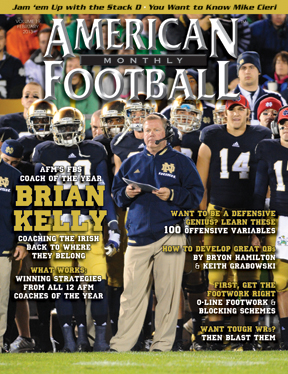Drills Report – Blastoff! Using the Blaster to Create Physicality in Your WR Corps
by: Chris MetcalAssistant Coach, Auburn High School (AL)©
More from this issue
As a former wide receiver, one of the hardest things for me as a player was to catch the ball when a big hit was coming. Now, as a coach, I have noticed that my players also struggle with securing the catch when being hit, or having to fight through contact. Wanting to be able to practice for this difficult situation, I was forced to examine the drills we do in practice. Most of our drills are traditional “ball” drills that focus on the different aspects of the catch, as well as the tuck and securing of the football. We also run routes on air to establish proper timing with the quarterbacks.
It became clear that none of these drills simulated contact. This presented a potential problem since contact is an integral part of playing football. As a coach, I need to prepare my athletes to be successful in each and every situation they would face in competition. If we never practice enduring contact, then how can I discipline my players when they drop a pass because contact is present? Through the use of the blaster, we try to instill a dominant physical mentality for our entire WR unit.
This past season, we began to incorporate the blaster into our WR drills. I believe this helped us as a WR corps to make the difficult catches, as well as the routine ones. Note that if your school does not have a blaster, the same effect can be achieved by holding dummies and having a player run through the tunnel formed by the dummies.
YAC Drill
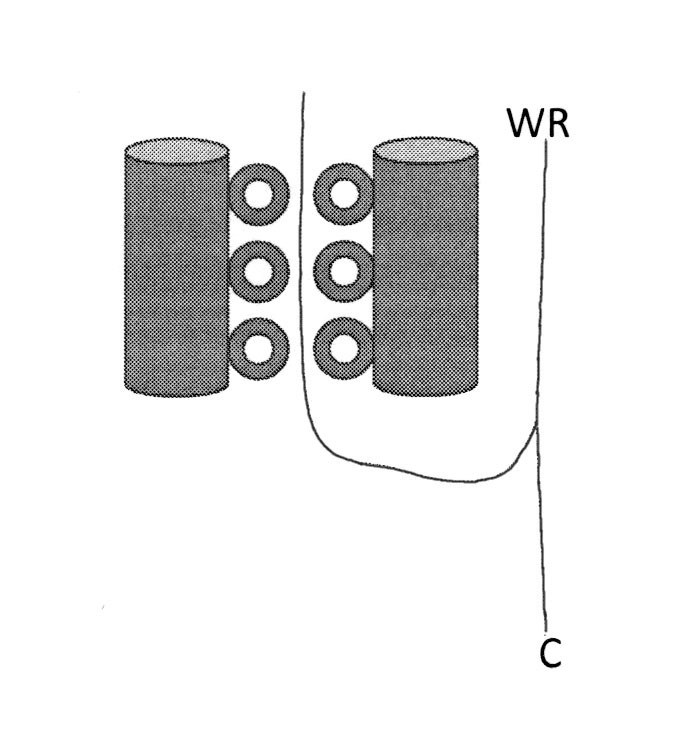
Diagram 1 simulates a WR coming back to the football. Upon securing the catch, the WR makes a tight turn with a low pad level and explodes through the pursuing defenders (i.e., the blaster). This drill creates an attitude that the play is not over with just the catch. Players must know that contact is coming, stay low, and explode through the tackle. Here, we are hoping to get yardage after the catch (YAC).
Grinder Drill
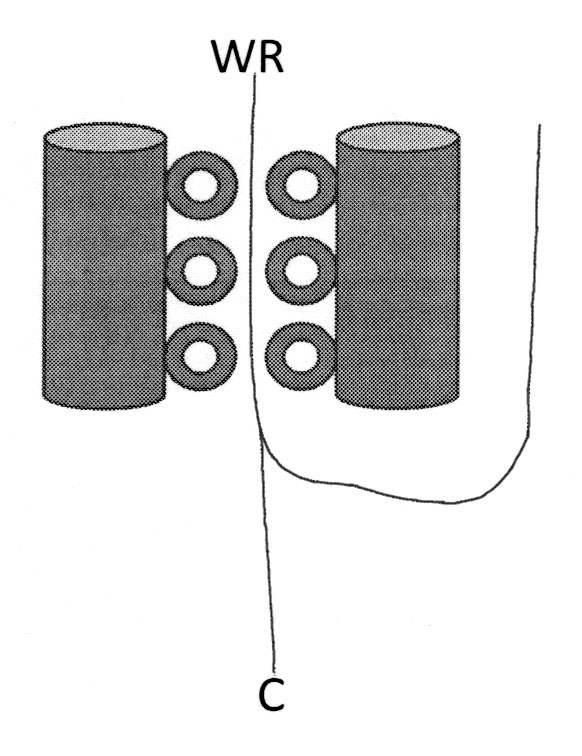
Diagram 2 also simulates a WR coming back to the ball. This time however, the WR runs through the blaster initially. This forces the WR to fight through contact as he comes back to the football. Also, if the coach can time the pass correctly, the ball is thrown a fraction before the WR clears the blaster. Often, the player will be off-balance, or have his arm held up by one of the components in the blaster, but he must adjust to catch the football in an awkward position or while “being hit.” Upon securing the catch, the WR turns and “scores” by running upfield. We always emphasize scoring every single time the football is touched.
Swivel Drill
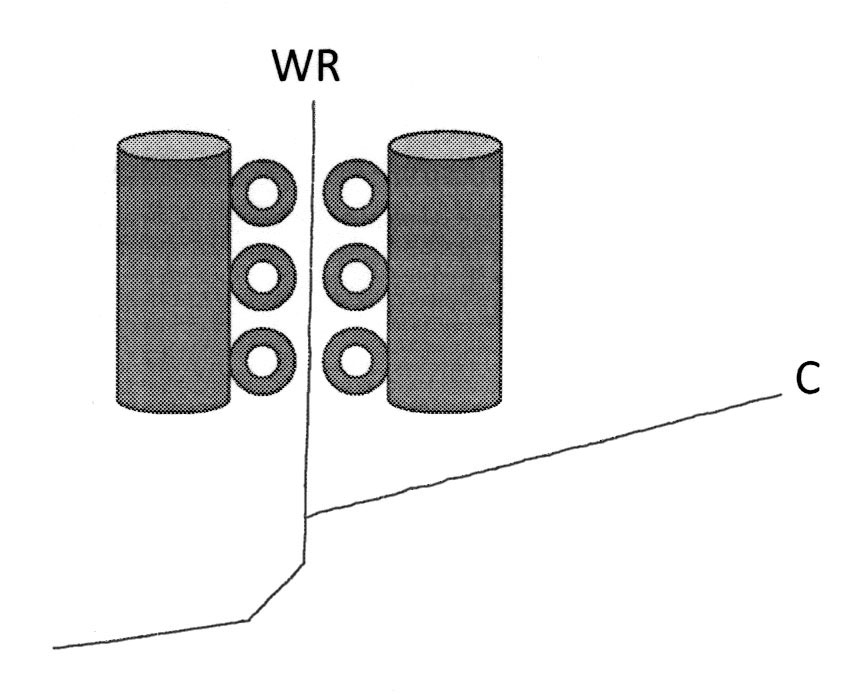
Diagram 3 is basically the same concept as Diagram 2, except this drill looks at a WR fighting through contact while running across the field. Upon exiting the blaster, the WR must have his head turned in order to make the catch from the side.
Release and Recover Drill
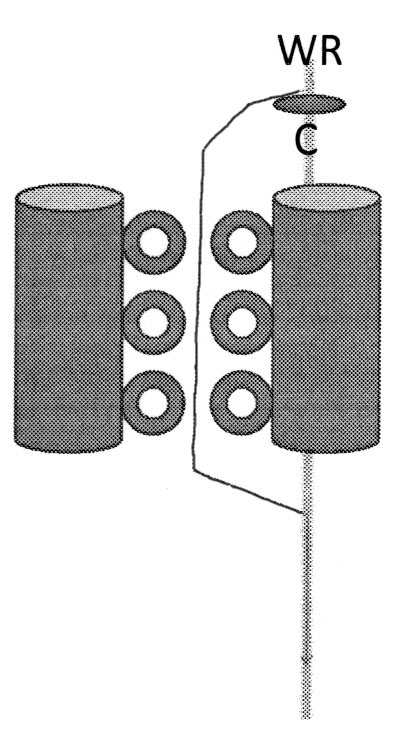
Diagram 4 deals with getting a release against a hard cover 2 defense. The coach lines up on a yard line or hash mark and simulates press coverage and holds a dummy to jam the WR with on the snap. The WR is forced to use a release and work through the contact as the coach tries to push the WR off his line. Ultimately, the coach pushes and guides the player to the blaster. Throughout this drill, the WR needs to maintain a low pad level and rip through the contact. After getting a release, the defender will try to push the offensive player off their line. Now it is the job of the WR to be physical and work through the contact. After fighting through the contact (the coach and blaster), the WR then gets back on his original line.
Champion Drill
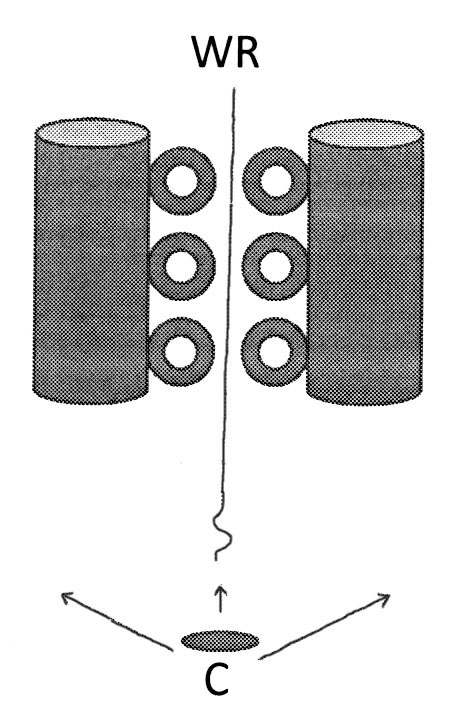
Diagram 5 is a new drill we plan to implement next season. I found my WRs exploded off the ball and ran full speed when a pass play was called, but became lazy when they were expected to block. Since we want each play to look the same, we expected our WRs to come of the ball full speed when blocking as well as running pass routes. From my experience, the teams who have WRs that are willing to lay it all on the line to block are the teams who compete for and win championships.
This drill has the WR line up in a proper stance directly in front of the blaster. By having to run through the blaster at the start of the play, we try to develop a habit of coming off the ball at full speed. At the snap, the WR runs through the blaster, and breaks down in front of the coach who is holding a dummy. After breaking down to ensure we do not over run the defender, the WR maintains “hot feet” and engages with the defender with his elbows inside. Once engaged, the WR keeps his feet moving, taking the defender where he wants to go. We emphasize finishing and completing the job on every play.
About the Author: Chris Metcalf is a senior at Auburn University, scheduled to graduate in May, 2013. He was a volunteer coach at Auburn High School this past season and was the Wide Receivers Coach at John Carroll High School in Birmingham in 2010.
